Are you aware that motorcyclists are nearly 29 times more likely to die in a crash per vehicle mile traveled than car drivers ? This harsh reality underscores why defensive motorcycle riding isn’t just recommended—it’s crucial. By adopting proven defensive strategies, riders can outsmart unpredictable road dangers and carve a safer path through traffic. In this guide, we’ll walk you through everything you need to know to make defensive motorcycle riding second nature, dramatically reduce accident risk, and ultimately save lives .
Startling Facts: Why Defensive Motorcycle Riding Shields You on the Road
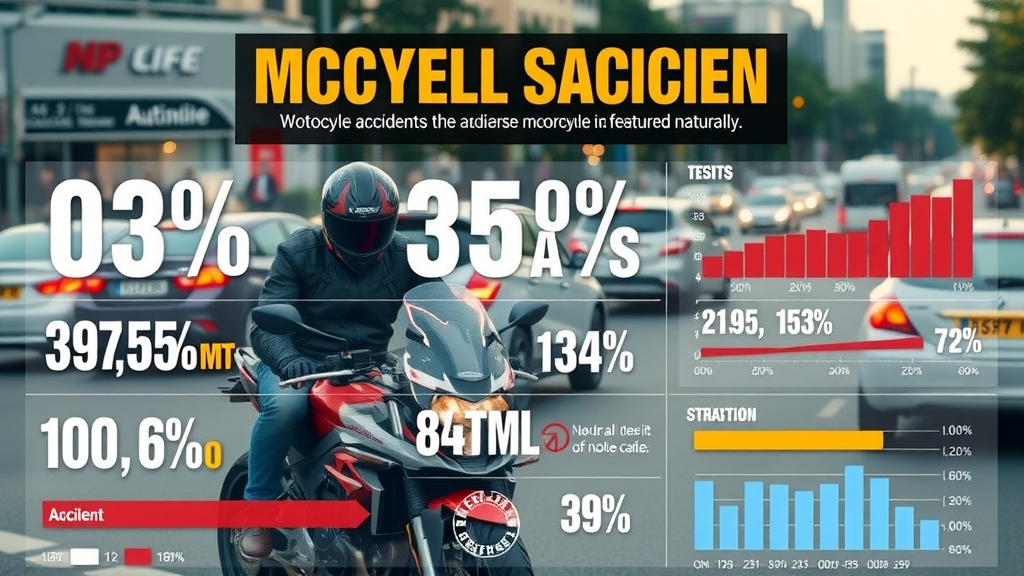
- According to national statistics, motorcyclists are nearly 29 times more likely to die in a crash per vehicle mile traveled than those in cars. This sobering reality highlights the critical need for defensive motorcycle riding as your first line of defense against unpredictable road dangers.
Defensive motorcycle riding is more than a safety tip—it's a vital technique that drastically decreases your chances of becoming part of these grim statistics. While riding a motorcycle offers exhilarating freedom, it also comes with risks posed by blind spots, distracted drivers, and changing weather conditions. By focusing on defensive riding strategies , you empower yourself to anticipate hazards, keep a safe distance from the vehicle in front, and react quickly to the unexpected. Whether you’re on the scenic west coast or navigating crowded city streets, a defensive mindset is your first line of protection.
What You Will Discover About Defensive Motorcycle Riding
- How defensive motorcycle riding drastically reduces accident risk
- Key techniques adopted by experienced riders
- Common road hazards and how to navigate them
- The role of basic rider skills and situational awareness
- Steps you can take immediately to ride safely in all conditions
Understanding Defensive Motorcycle Riding: The Foundation of Safe Riding
What is Defensive Motorcycle Riding?
- Defensive motorcycle riding is a strategic blend of skills and mindset, focused on anticipating hazards rather than reacting after they happen. Unlike simply following traffic rules, defensive riding prioritizes constant vigilance, proactive hazard assessment, and advanced situational awareness. The core principles stand in contrast to traditional approaches to riding a motorcycle, where many rely primarily on luck and reflexes. Here, every decision is made under the assumption that others may not see you or respect your space on the road. This proactive approach is what makes defensive riding an essential foundation for safe riding.
"Defensive riding isn’t just a skill—it’s a mindset. Every decision is guided by the assumption that other drivers may not see you or follow the rules."
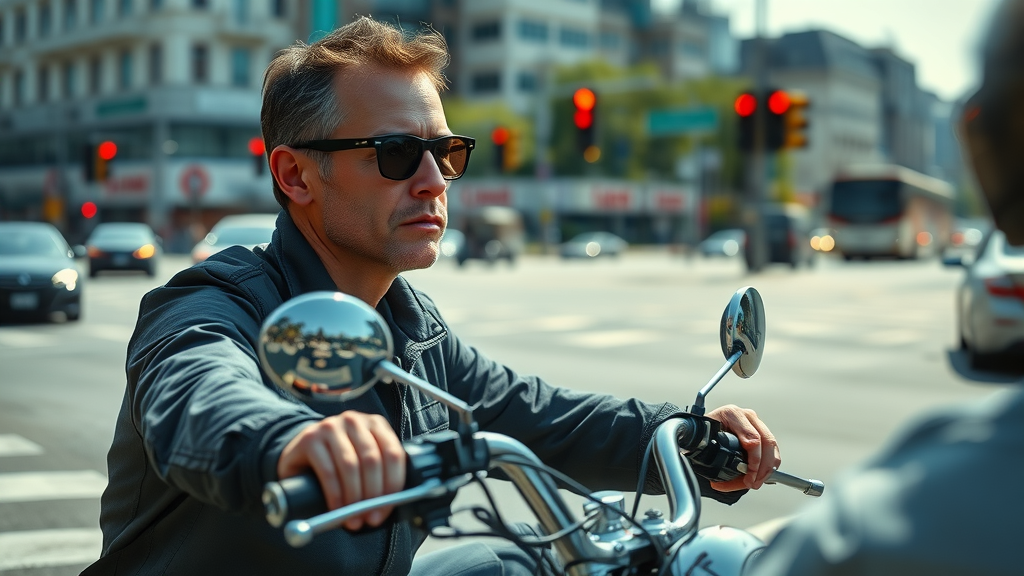
Embracing this mindset transforms you from a passive participant into an active controller of your riding environment. Defensive motorcycle riders consistently practice techniques such as keeping a safe following distance, monitoring traffic behavior at intersections, and searching for potential hazards like erratic driving or sudden stops. These principles are detailed in every safety manual, and they form the backbone of structured programs like the basic ridercourse from the Motorcycle Safety Foundation. Implementing these strategies daily is how riders realize their full potential and maximize safety on the road.
Core Techniques of Defensive Motorcycle Riding Every Basic Rider Should Master
Maintaining Situational Awareness on the Road
- Situational awareness is the bedrock of safe riding. It means knowing exactly what's happening around you—every vehicle’s position, potential hazards, and how conditions are changing—at all times. Developing strong situational awareness allows you to spot problems before they become threats, giving you valuable time to react. This involves regular scanning of mirrors, checking over your shoulder for blind spots, and monitoring the behavior of nearby vehicles. Remember, the more information you process, the less likely you are to be caught off guard by another driver’s mistake.
To cultivate this skill, start by habitually scanning between your mirrors, front view, and shoulder checks. Begin every ride by consciously observing your surroundings: Look for unpredictable elements such as merging traffic, pedestrians, and poorly maintained road surfaces. Many accidents are avoided simply by riders spotting risks early—action, not reaction, saves lives. As you gain experience, your situational awareness will naturally improve, making defensive riding second nature and vastly improving your chances to ride safely in any environment.
Identifying and Handling Blind Spots
- Recognizing both your own blind spots and those of other drivers is essential for every motorcycle rider. Cars and trucks often have large areas where motorcycles virtually disappear from view, especially at intersections or during lane changes. This increases the risk for close encounters or collisions. Skilled riders compensate by positioning themselves out of these danger zones, using careful lane placement and regular mirror checks.
For defensive riding, always assume you are invisible to other motorists—especially in their blind spots. Avoid lingering beside vehicles, especially larger trucks or buses, and make your intentions clear by signaling well in advance. Use your turn signal, wear bright or reflective gear, and change your pace or lane position if another driver's head movements or tire angles suggest they may drift into your lane. Proactive actions like these are taught in advanced motorcycle safety foundation courses, and they’re a fundamental part of keeping a safe buffer zone on the road.
"Your ability to see and be seen is your greatest weapon on two wheels."
Applying Defensive Driving Strategies to Riding a Motorcycle
- Defensive driving techniques adapt perfectly to motorcycle safety: anticipate, react, and avoid. Always expect the unexpected—sudden stops, erratic lane changes, or debris in the road can occur at any time. Keeping a safe following distance isn’t just about slowing down; it's about buying yourself the time needed for evasive maneuvers, should they become necessary.
Implementing defensive driving also means adjusting your speed to the riding environment, obeying traffic rules, and never assuming other motorists see you—even when you use your turn signal. Consider every intersection, roundabout, or parking exit a potential hazard zone, as these are common hotspots for accidents according to national motorcycle statistics. Practice quick stops and swerving in a safe setting, preferably as part of your basic rider training, to ensure you can avoid collisions when real hazards appear.
Building a Defensive Riding Routine: The Role of the Basic Rider Course
Why Every Basic Rider Needs Formal Training
- The basic ridercourse provides foundational skills and techniques that could save your life. Developed by organizations like the Motorcycle Safety Foundation, these training systems focus not just on the mechanics of riding but on cultivating defensive motorcycle riding strategies as core habits. Courses emphasize situational awareness, mastery of your motorcycle, and the ability to recognize and react to real-world hazards.
A certified basic ridercourse equips you to understand stopping distance, manage blind spots, and perform low-speed maneuvers—all while training under controlled environments led by experienced instructors. Participants learn about the psychology of defensive riding, risk management, and the importance of a completion card for showing that you’ve acquired essential skills. Completing the course is often a prerequisite for getting your motorcycle license in many states, underlining its importance in promoting comprehensive motorcycle safety.
| Key Skill | Basic Rider Course | Real-World Scenario |
|---|---|---|
| Situational Awareness | Learn scanning techniques and constant environment monitoring | Applying rapid hazard recognition in busy city traffic |
| Handling Blind Spots | Practice mirror checks and lane positioning in controlled areas | Avoiding vehicle blind spots in fast-moving multilane roads |
| Defensive Maneuvers | Emergency braking, swerving, and obstacle avoidance exercises | Reacting to a distracted driver’s unexpected stop at an intersection |
| Weather Adaptation | Classroom discussion and simulated practice | Real-time response to sudden rain or fog while riding |
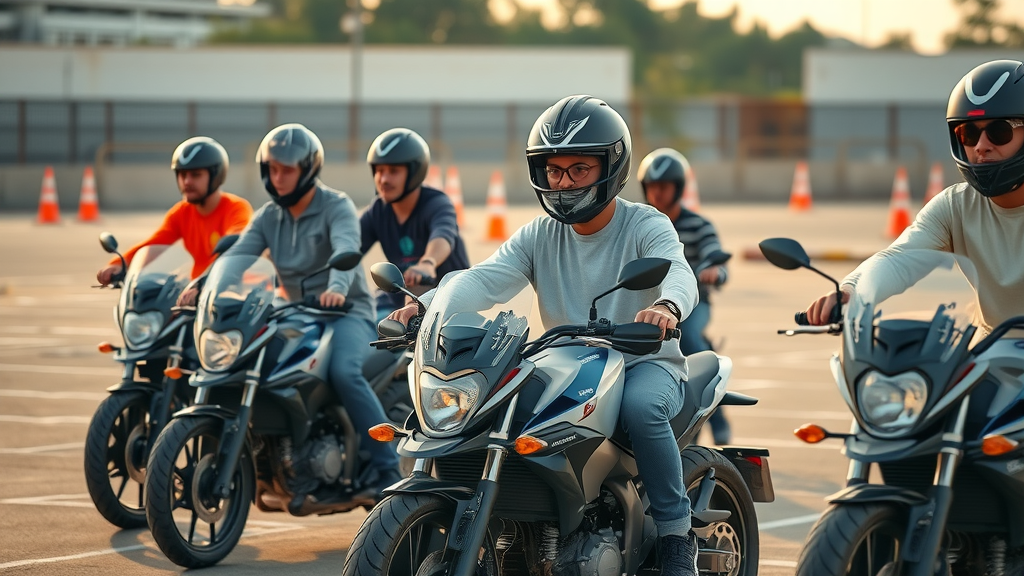
Formal training transforms beginners into skilled, confident motorcycle riders. Beyond the practical skills, a basic ridercourse instills the defensive riding mindset necessary for navigating unpredictable traffic scenarios. Consistent practice of these techniques ensures that defensive riding habits become automatic, offering life-long benefits on any ride.
External Road Factors: Weather Conditions and Their Impact on Safe Riding
- Weather conditions are a persistent challenge for even the most experienced defensive motorcycle riding practitioners. Rain, fog, extreme heat, or even sudden wind gusts can compromise visibility, traction, and stability. Understanding how weather impacts your ride and adapting your strategy is crucial for keeping a safe margin of control. Proactive adjustments—not just reactive ones—distinguish effective defensive riders and support motorcycle safety in all environments.
Every rider must be ready to update their riding plan on the fly. In the rain, for example, road surfaces become slick and hazardous, drastically increasing stopping distance and making painted lines and manhole covers treacherous. Hot conditions, meanwhile, may require modified gear for cooling and regular stops for hydration, while dense fog or darkness calls for high-visibility gear and extra attention to lighting and signals. Proper gear selection is not an afterthought but a cornerstone of defensive motorcycle riding.
Preparing for Rain, Heat, and Poor Visibility
- Best practices for defensive motorcycle riding in adverse conditions start with preparation. Before your ride, check the weather and equip yourself with waterproof, reflective gear. Ensure your lights and signals are functioning perfectly, as visibility is often compromised in rain or fog. During the ride, increase your following distance, use your brakes gently, and avoid sudden maneuvers.
When riding in poor weather, stay off painted road markings and be extra vigilant for oil spots and debris. Always keep a buffer between yourself and the vehicle in front to allow for a longer stopping distance. Hot weather requires an equal focus on comfort and concentration—hydrated and well-ventilated riders stay sharper and less likely to make mistakes. Remember, defensive riding means adapting your actions to current weather conditions, not simply enduring them.
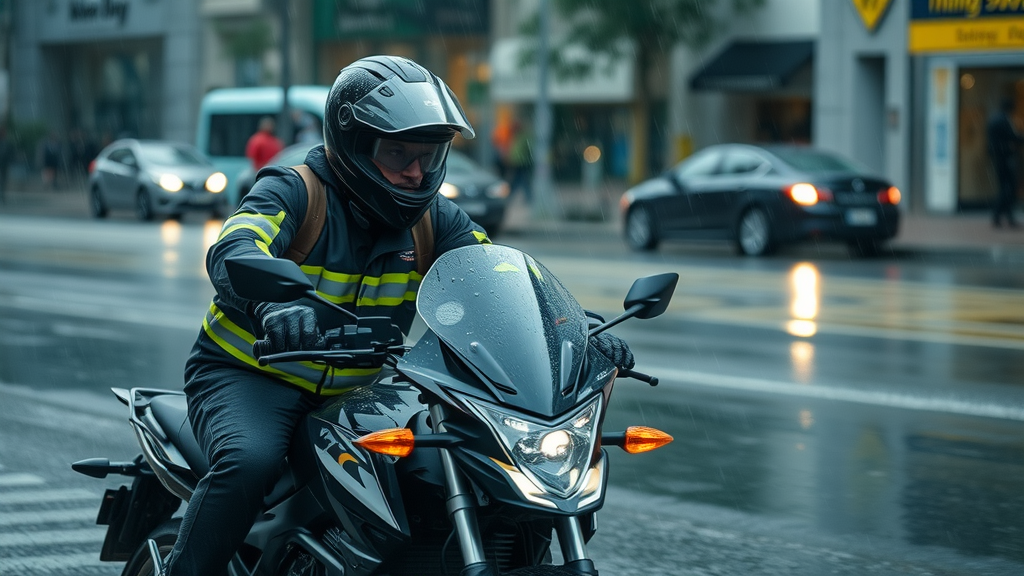
Creating Consistent Safe Riding Habits
- The backbone of defensive motorcycle riding is consistency. Developing daily checklists and pre-ride routines builds habits that make safety automatic and reliable. Experienced riders know that routines reduce errors, instill confidence, and support quick, proper responses in emergencies. By integrating simple checks into your every ride, you further shield yourself from avoidable hazards.
-
Five daily pre-ride checks for defensive motorcycle riding:
- Inspect tire pressure and tread depth for optimum traction
- Check all lights, signals, and horn for full functionality
- Test brake responsiveness on both front and rear brakes
- Verify mirror alignment and cleanliness for maximum visibility
- Review protective gear: helmet, gloves, armored jacket, and reflective elements
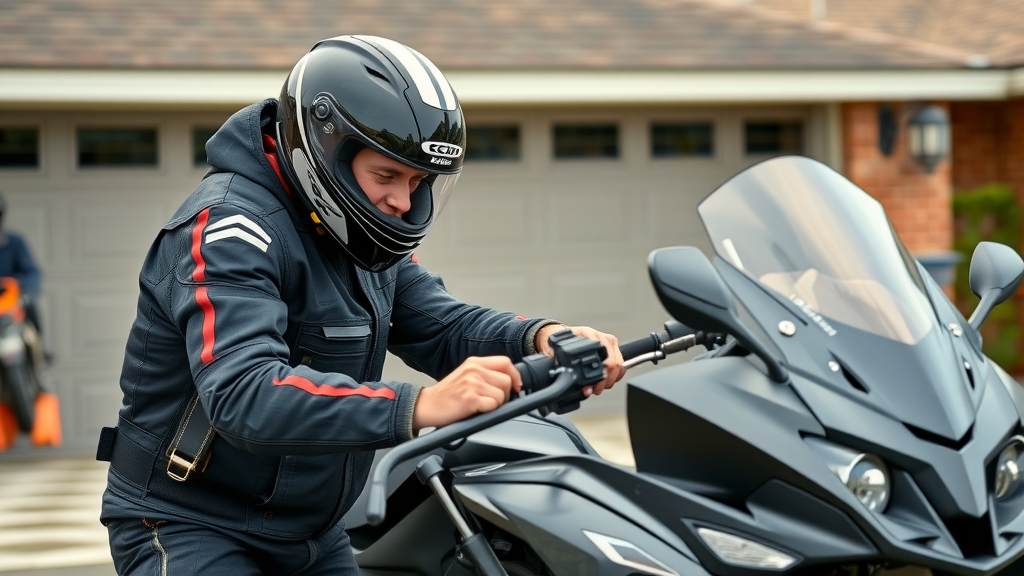
Completing these checks establishes a mental rhythm that prepares you for every ride. Over time, they become instinctive, allowing you to focus on situational awareness and the dynamic environment around you. These small investments of time pay massive dividends in risk reduction and overall motorcycle safety.
- A video demonstration of defensive motorcycle riding techniques makes theory tangible. In real-time, you’ll see a rider anticipating a car’s blind spot lane change, detecting early signs of sudden traffic stops, and performing evasive maneuvers in busy urban and suburban environments. Such real-world application highlights the split-second decisions that separate close calls from crises and reinforces why defensive riding must be second nature.
People Also Ask: Addressing Common Questions About Defensive Motorcycle Riding
What is defensive motorcycle riding?
- Defensive motorcycle riding means continuously assessing your environment, anticipating hazards, and taking proactive steps to avoid danger rather than just reacting after the fact. It includes practices such as keeping safe distances, assuming others may not see you, and being ready to respond instantly to unpredictable situations.
What is defensive driving on a motorcycle?
- The concept of defensive driving is applied to motorcycles by focusing on advanced observation, hazard evaluation, and evasive maneuvers tailored specifically for two wheels, such as quick stops and swerves.
How to be a defensive motorcycle rider?
- Always maintain visibility, wear bright or reflective gear, practice regular scanning, keep a buffer zone with other vehicles, obey traffic laws, and seek ongoing training to hone your skills.
Where do 70% of motorcycle accidents occur?
- Research shows that about 70% of motorcycle accidents happen at intersections—highlighting the importance of extra vigilance and defensive techniques in these high-risk areas.
Advantages of Defensive Motorcycle Riding: How It Reduces Accident Risk
| Rider Group | Reported Accident Rate | Reduction Compared to Untrained Riders |
|---|---|---|
| Trained (Completed Basic Rider Course) | 12% | 65% Lower |
| Untrained (No Defensive Training) | 34% | - |
"Every extra second you buy yourself with defensive riding can be the difference between a close call and a catastrophe."
As shown above, riders who complete formal defensive motorcycle riding courses are significantly less likely to be involved in accidents. The combination of skill, situational awareness, and established habits dramatically improves safety on the road, no matter your experience level.
- Short interviews with experienced riders reveal real-life examples of how defensive motorcycle riding saved them from dangerous situations. These testimonials consistently credit quick hazard identification and practiced evasive maneuvers—learned from basic rider training and daily routines—with making the critical difference. Watch and learn from those who’ve experienced firsthand the life-saving benefits of defensive riding.
Essential Takeaways for Practicing Defensive Motorcycle Riding Daily
- Be visible : Use lights, signals, and wear bright or reflective gear
- Be proactive : Scan constantly, anticipate hazards, and act early
- Anticipate hazards : Intersections, blind spots, weather conditions—prepare in advance
- Practice evasive maneuvers : Braking and swerving can save lives
- Never ride impaired : Alcohol, fatigue, or distraction increase risk exponentially

Frequently Asked Questions About Defensive Motorcycle Riding
-
Q: How does defensive motorcycle riding differ from regular riding?
A: Defensive riding is proactive rather than reactive. It anticipates danger at every turn and employs strategies like maintaining a buffer zone from the vehicle in front, using situational awareness, and wearing bright gear to increase visibility—practices beyond basic motorcycle operation. -
Q: What is the importance of taking a basic ridercourse?
A: A basic ridercourse imparts not only essential riding skills but deeply ingrains defensive techniques. Certified instruction covers real-world hazard navigation, turning defensive riding into a lifelong habit for safe riding. -
Q: What are the most important daily defensive riding habits?
A: Perform thorough pre-ride checks, monitor blind spots, always scan mirrors and surroundings, ride within personal and environmental limits, and consistently update your knowledge through reputable motorcycle safety resources. -
Q: Can weather conditions be safely managed with defensive riding?
A: Yes—by adapting to changing weather with waterproof or cooling gear, increasing following distance, and anticipating reduced traction, defensive motorcycle riding prepares you to handle adverse weather safely and confidently. -
Q: Does advanced defensive motorcycle training really reduce accident rates?
A: Absolutely. Data demonstrates that riders with formal defensive training encounter far fewer accidents and are better equipped to respond to the unpredictable, making roads safer for everyone.
Take the Next Step: Commit to Defensive Motorcycle Riding for Lifelong Road Safety
- Begin applying defensive motorcycle riding techniques on your next ride. Consider enrolling in a certified basic ridercourse, review resources from the Motorcycle Safety Foundation, and share what you’ve learned to raise public awareness of motorcycling safety. Your commitment today could save your life—or someone else's—tomorrow.
 Add Row
Add Row  Add
Add 

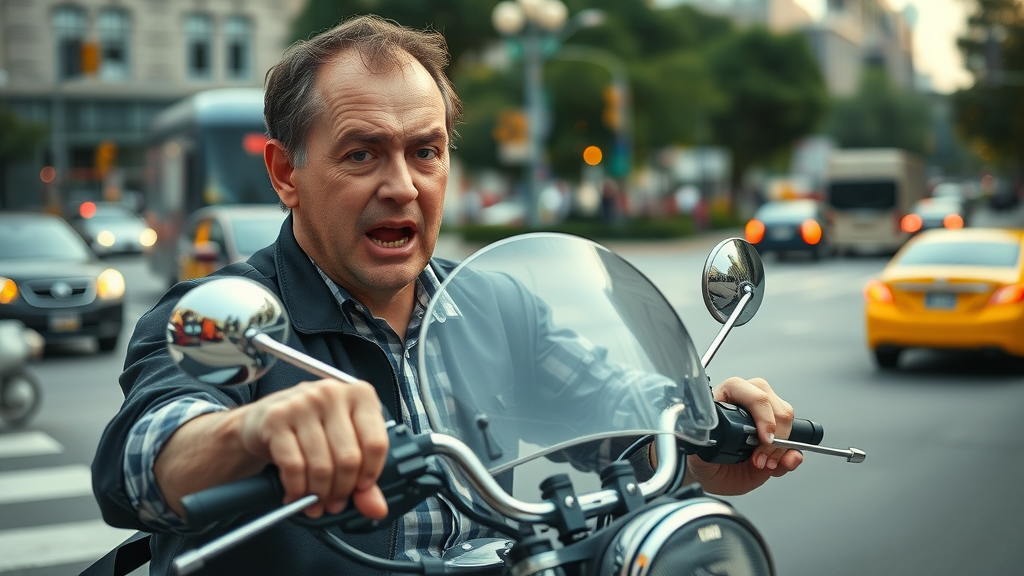
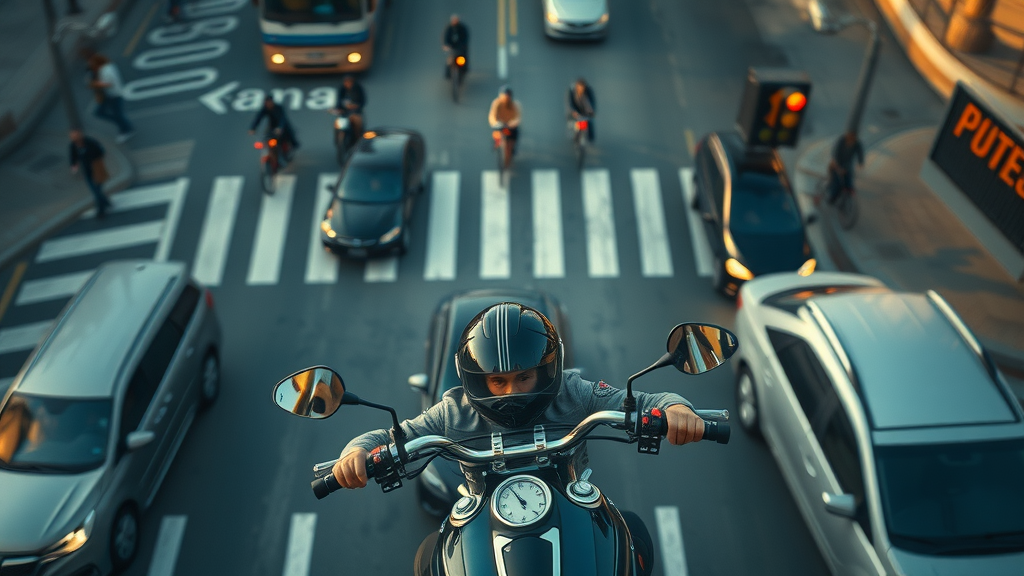
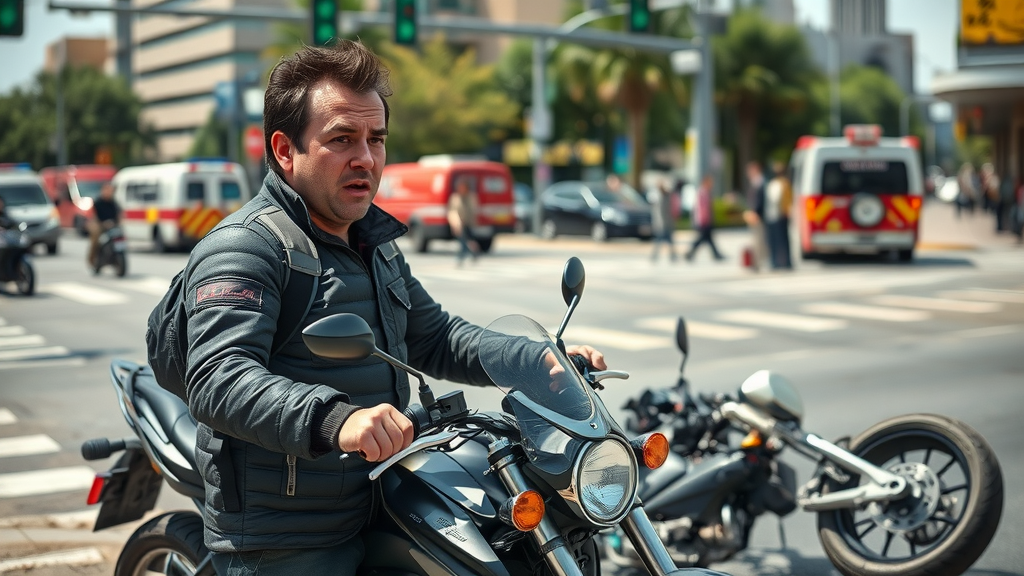
Write A Comment